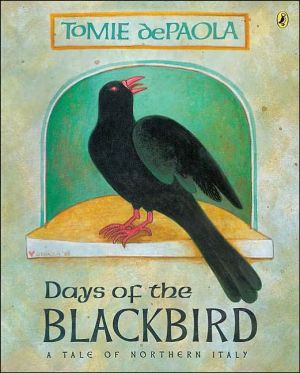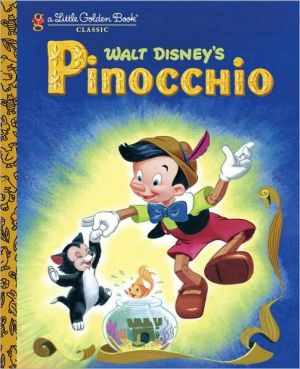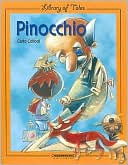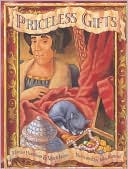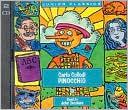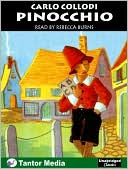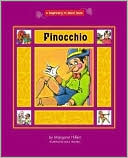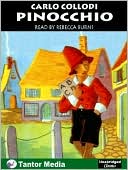Days of the Blackbird: A Tale of Northern Italy
In this elegant tale, Tomie dePaola imagines how the Days of the Blackbird in northern Italy came to be. Gemma and her father, the Duke of Gennaro, live in a house with a courtyard that fills with birds of all colors through the spring and summer. When the Duke falls ill at the end of summer, Gemma begs the birds to stay to raise his spirits with their song. However, as snow and fierce winds begin to swirl down on the village, the birds must fly south to stay warm, and eventually only one...
Search in google:
In this elegant tale, Tomie dePaola imagines how the Days of the Blackbird in northern Italy came to be. Gemma and her father, the Duke of Gennaro, live in a house with a courtyard that fills with birds of all colors through the spring and summer. When the Duke falls ill at the end of summer, Gemma begs the birds to stay to raise his spirits with their song. However, as snow and fierce winds begin to swirl down on the village, the birds must fly south to stay warm, and eventually only one loyal bird remains.Publishers WeeklyFor this Italian Emperor's Nightingale, "dePaola spins the tale with panache, imbuing it with a folktale-like timelessness," according to PW. Ages 5-up. (Feb.) Copyright 2005 Reed Business Information.
\ Publishers Weekly\ - Publisher's Weekly\ In Northern Italy, legend has it that the weather is so cold during the last three days of January that the white doves that take shelter in the chimney tops emerge black from soot. The Italians call this time of year "Le Giornate della Merla" (the Days of the Blackbird), and thereby hangs a tale-or, at least, it has inspired dePaola to create this well-seasoned offering. As he explains in an afterword, his story is a sort of Italian "Emperor's Nightingale," featuring a duke, his devoted daughter and a particularly beautiful white dove whose sweet song sustains the nobleman through a long winter of illness. DePaola spins the tale with panache, imbuing it with a folktale-like timelessness, and artistically it's clear he was delighted to return once again to his beloved Italy for visual cues. The pages radiate warmth, from the picturesque late medieval setting and the terra cotta or blue-green houses with their tiled roofs, to the jewel-colored birds and flowers of the duke's garden. A sprinkling of Italian words and phrases adds an authentic flavor. Ages 4-8. (Jan.)\ \ \ \ \ Publishers WeeklyFor this Italian Emperor's Nightingale, "dePaola spins the tale with panache, imbuing it with a folktale-like timelessness," according to PW. Ages 5-up. (Feb.) Copyright 2005 Reed Business Information.\ \ \ Children's Literature\ - Dr. Judy Rowen\ In northern Italy, the "days of the blackbird" are considered the three coldest days of the winter. The author provides a fanciful tale to explain the origin of this term. A great duke falls ill, and his adoring daughter does all she can to keep the birds singing outside his window to cheer him. As winter deepens, the birds fly off, except one beautiful white dove. To keep warm, the dove roosts in the chimney and the soot on her feathers changes her appearance. The layout is pleasing, with text and colorful illustrations set in panels resembling the windows in the Duke's palace.\ \ \ \ \ School Library JournalK-Gr 4An original folktale with roots in a winter legend from northern Italy. A wise, benevolent Duke lives with his daughter, Gemma, in a house in the middle of town. The two spend much time in their courtyard listening to the exuberant songs of birds of many colors. When the Duke is stricken with a life-threatening illness, a pure white bird, La Colomba, remains through the harsh winter, singing outside the man's window. Seeking brief respite from the cold in chimney tops turns its feathers solid black. La Colomba is never again pure white, but the Duke regains his health, declaring the coldest days of January the "Days of the Blackbird." The moving story is elegantly, yet simply, told. The artist combines his recognizable style with visual elements reminiscent of Italian frescoes. Watercolor background washes create a marbleized effect. Color choices portray the warmth and serenity the story suggests. A successful and satisfying union of narration and illustration.Heide Piehler, Shorewood Public Library, WI\ \ \ \ \ Kirkus ReviewsThe indefatigable dePaola (Strega Nona, p. 1160, etc.) weighs in with another of his entertaining historical interpretations.\ The bitingly bitter last three days of January are called Le Giornate della Merla, or Days of the Blackbird, in northern Italy. An author's note offers the origins of the story: White doves, taking harbor in warm chimneys during frigid nights, emerged covered in soot, permanently. DePaola embellishes the story by adding a generous and kind duke, his daughter, Gemma, and a faithful dove. The duke loves birdsong and is never happier than when listening to it with his daughter. One autumn the duke falls ill, and as winter rolls in, many of the birds fly south; the white dove tarries, and its song is all that keeps the duke from death, even through the cold days of January. Fresco-style artwork—the colors washed and clean—accompanies this testament to friendship, fidelity, and generosity; fittingly, the story radiates warmth.\ \ \
